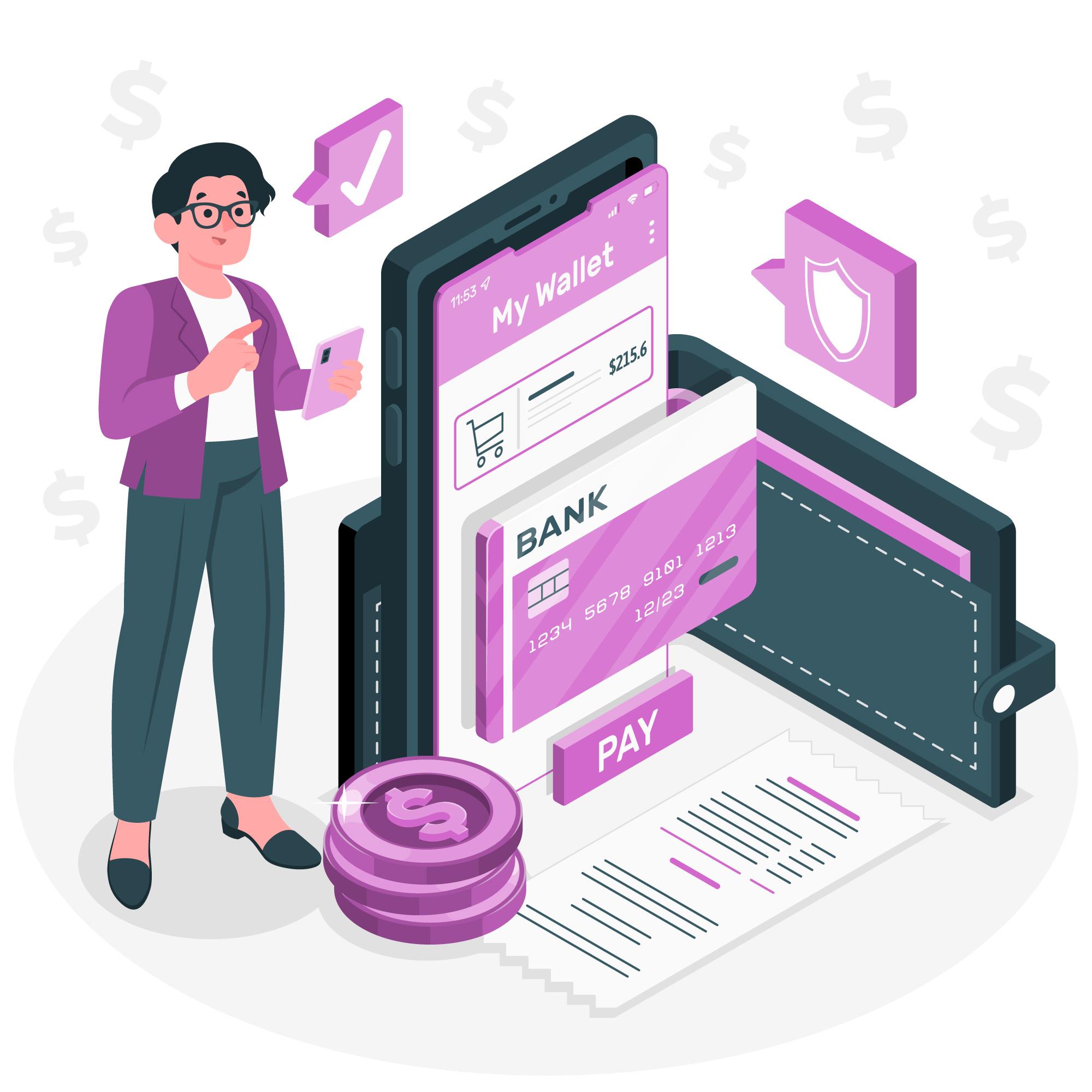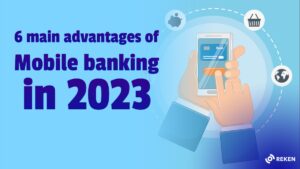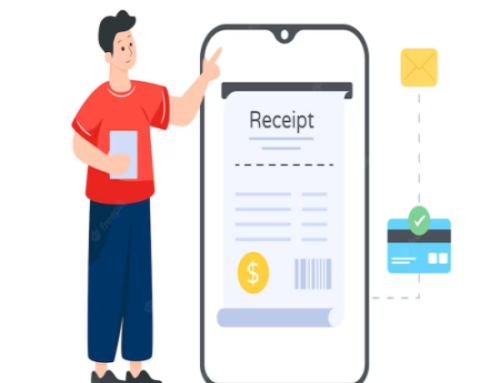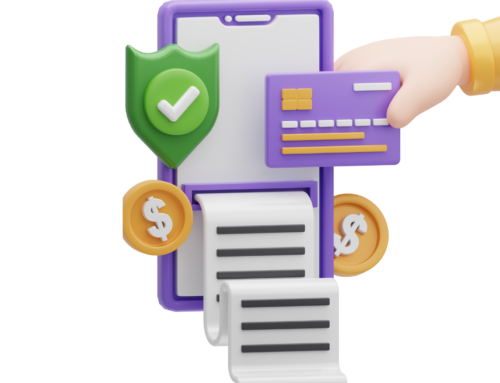When the coronavirus pandemic hit, mobile banking was already becoming more popular. However, the disruptions and constraints caused by COVID-19 have made banking by app more important than ever.
The convenience of mobile banking is, of course, the big draw: Consumers take their smartphones just about everywhere, so a mobile banking app can assist them quickly take care of a variety of financial needs whenever they want. It’s basically a bank that you can keep in your pocket or purse.
Here are some benefits of mobile banking
Mobile banking apps can tell you when users spend more than what you have in your account, move money automatically into savings when you get paid, and let you set limits on your cards to stop you from spending too much. Apps for banking can also make it simple to send money to friends and get in touch with customer service with just a tap.
1. Getting into the bank 24/7
Mobile banking is more convenient than going to a bank branch because you can check your account whenever you want, with a few exceptions like planned maintenance and unplanned outages.
This makes it easy to get to, which saves you time. Most banking apps have a feature called “mobile check deposit,” which lets you deposit a check while on the go or from the comfort of your couch. Mobile banking can also help people who worry about their health during a pandemic or have other worries about going to the bank in person.
2. Improving your finances
The best mobile banking apps have changed over time to make it easier to keep track of your money. For example, the Ally Bank app has a feature that helps people with checking accounts organize their money digitally and save as much money as possible. The U.S. Bank app notifies people when its algorithms find ways to save money or when an account is close to going overdrawn. A challenger bank with a federal bank charter, Varo also offers automatic savings tools and ApexEdge, a third-party service that helps customers negotiate lower monthly payments on bills. Spending alerts is another way that mobile banking apps can help you make the most of your money.
3. IOU repayment
When you’re logged in to your mobile banking app, it’s easy to pay someone back. Banks all over the country work with Zelle so that you can send money to someone in minutes using the bank’s mobile app instead of giving them cash or a check.
4. Increasing security
Your bank’s job is to keep your money and other assets safe, and that includes transactions made through their mobile apps. Even though nothing is 100% safe, there are steps you can take to make sure your mobile banking is as safe as possible.
5. Adding additional controls
A mobile banking app is like a remote for your money. The app lets you send money to someone or deposit a check whenever you want.
It isn’t the only reason banks let you manage your cards. More and more banks, like Wells Fargo, Ally Bank, Chase, and Bank of America, let you use their mobile apps to turn off your debit or credit card if you lose it or it gets stolen. It’s a nice feature that can make you feel instantly safe when you’re scared. You don’t have to call a toll-free number to turn your card back on, either.
6. Clarifying where your financial data goes
A lot of people share their bank information in order to use services like Venmo and Mint. Depending on how many third-party apps you use, it can be hard to keep track of which company has your bank information. So, some banks are making changes to the way data is shared behind the scenes to help customers understand where their money is going.
Read more: What’s Digital Banking? Definition, Types, Benefits








